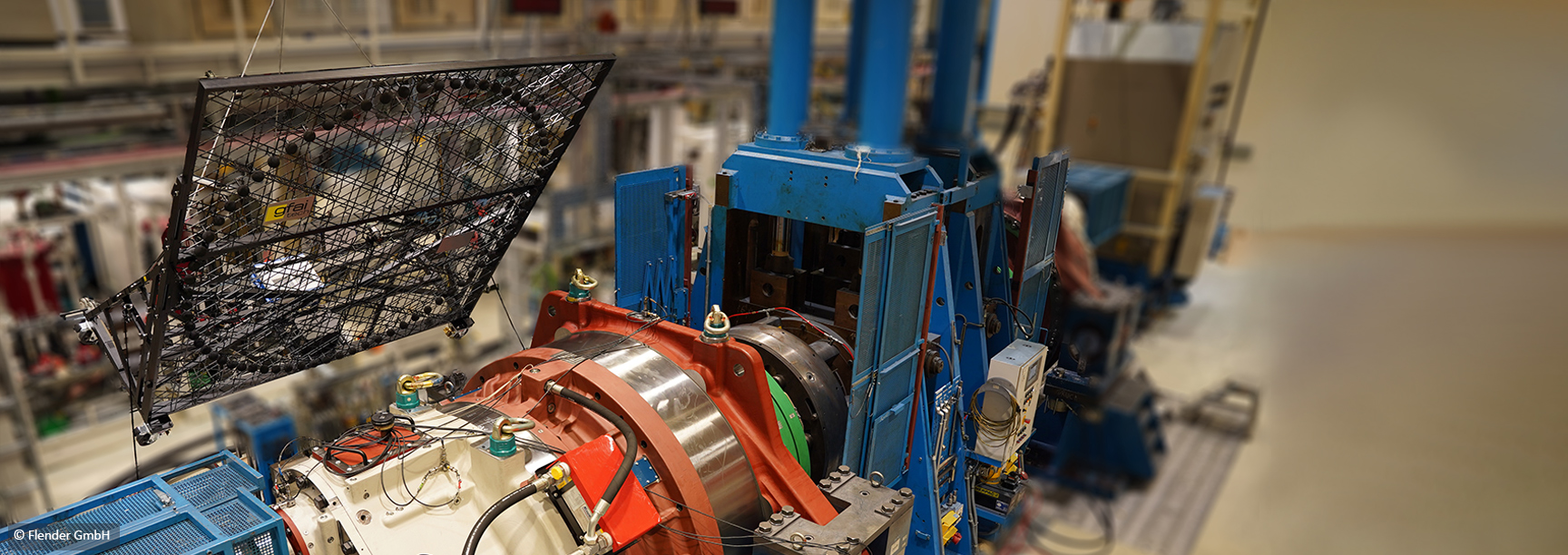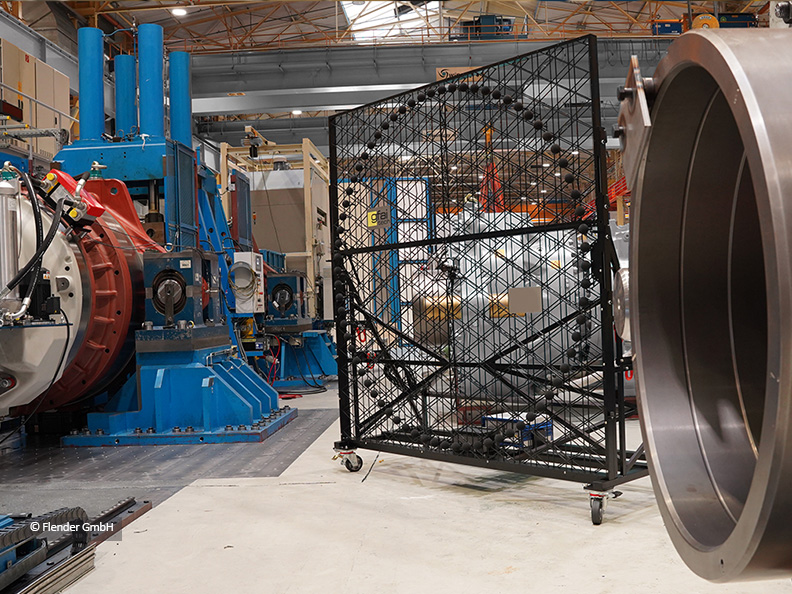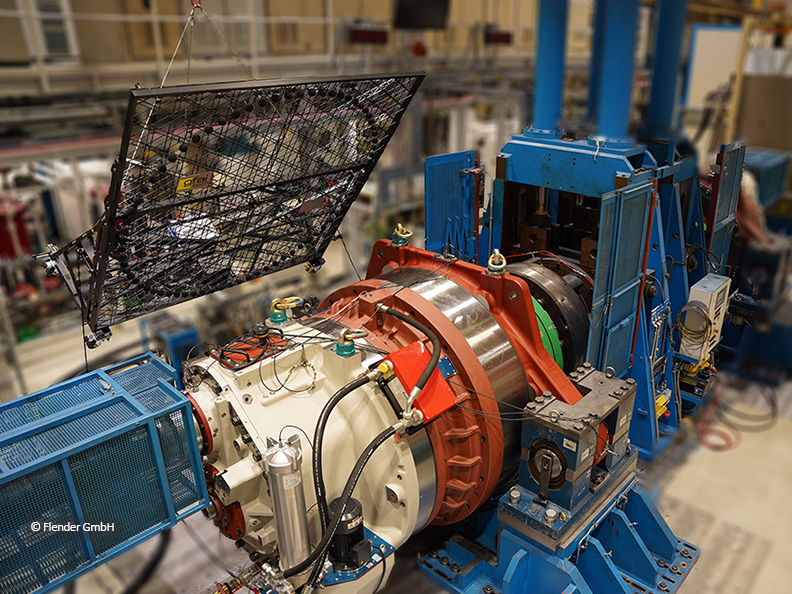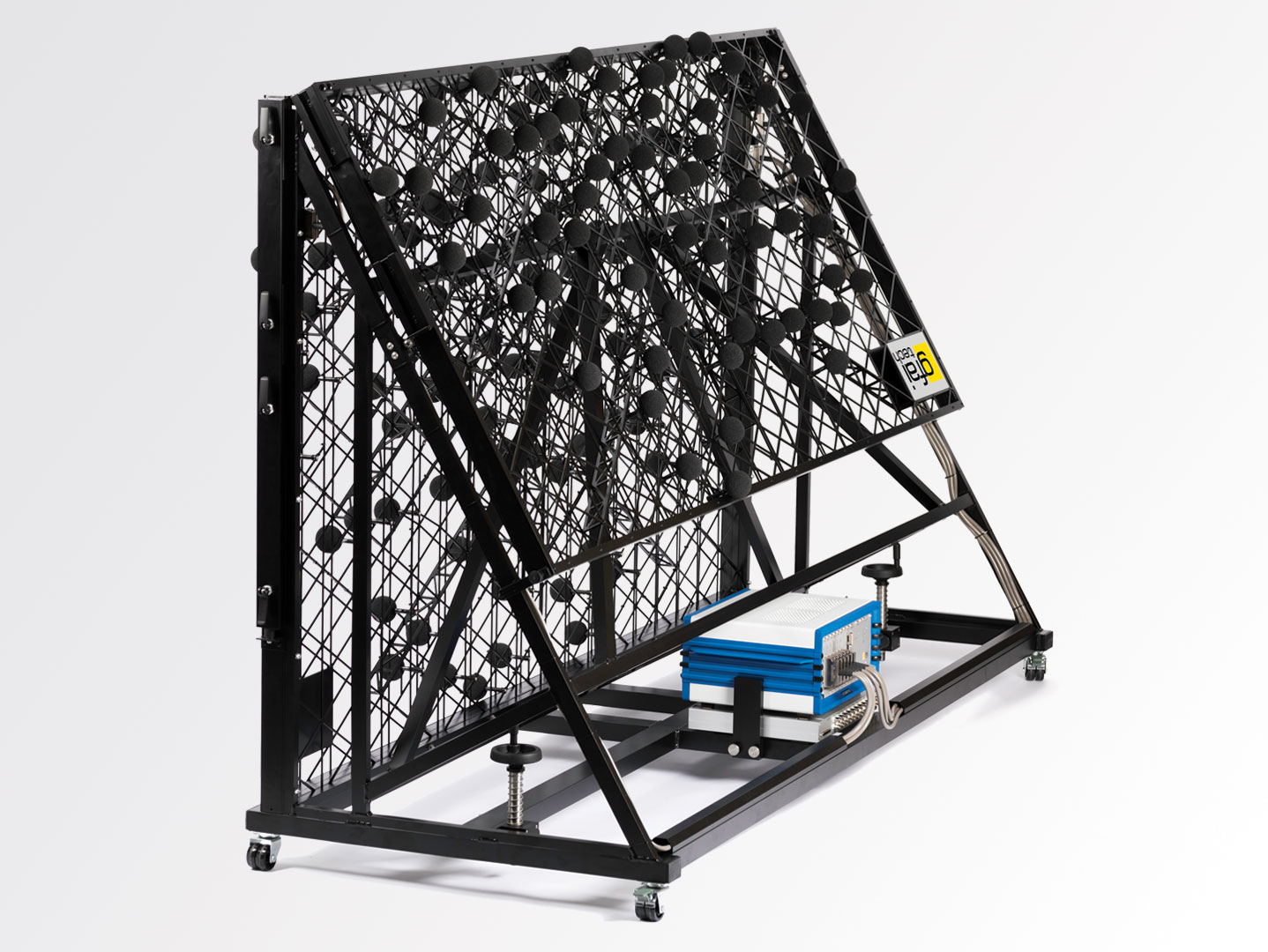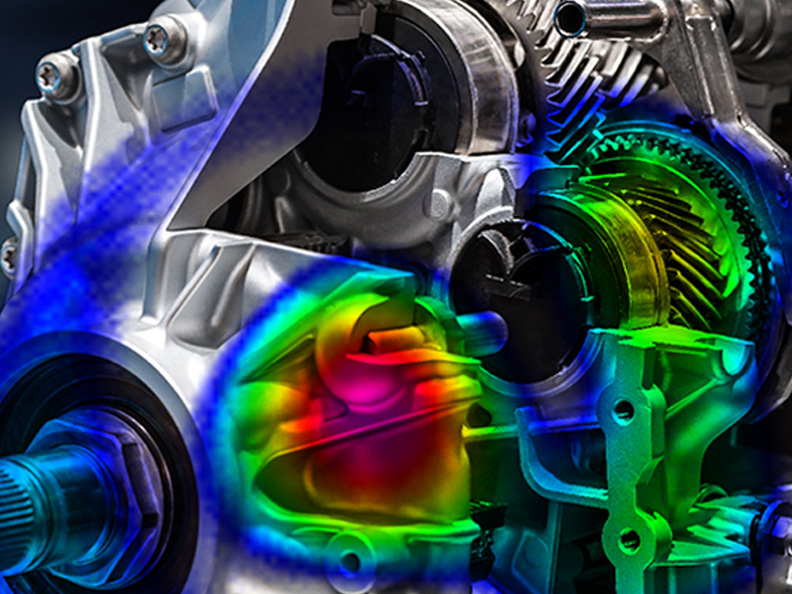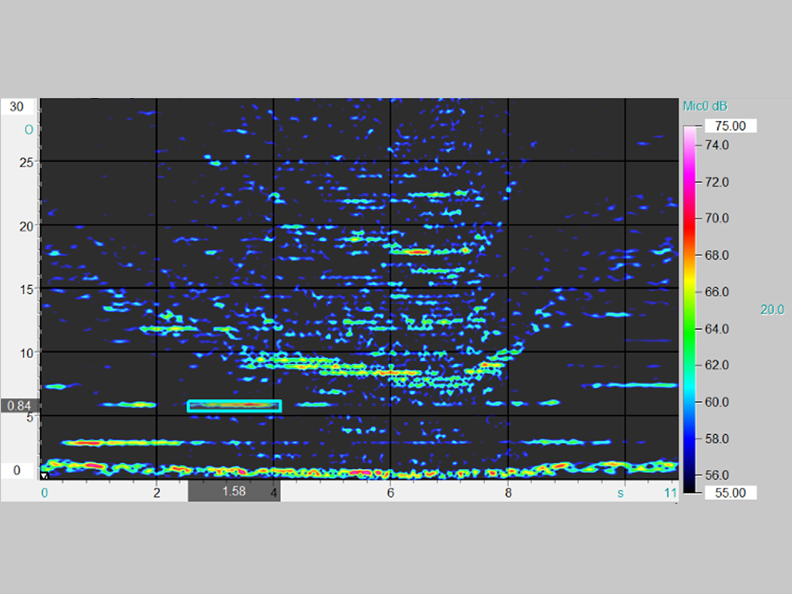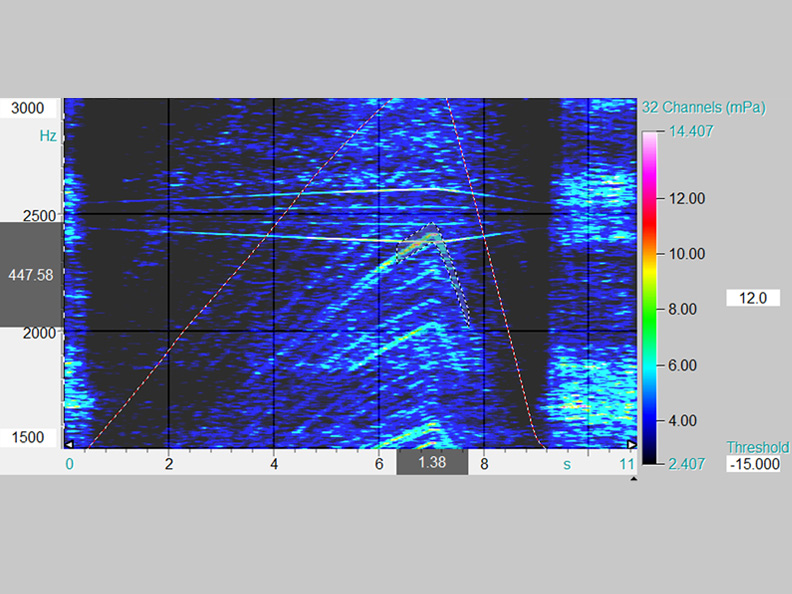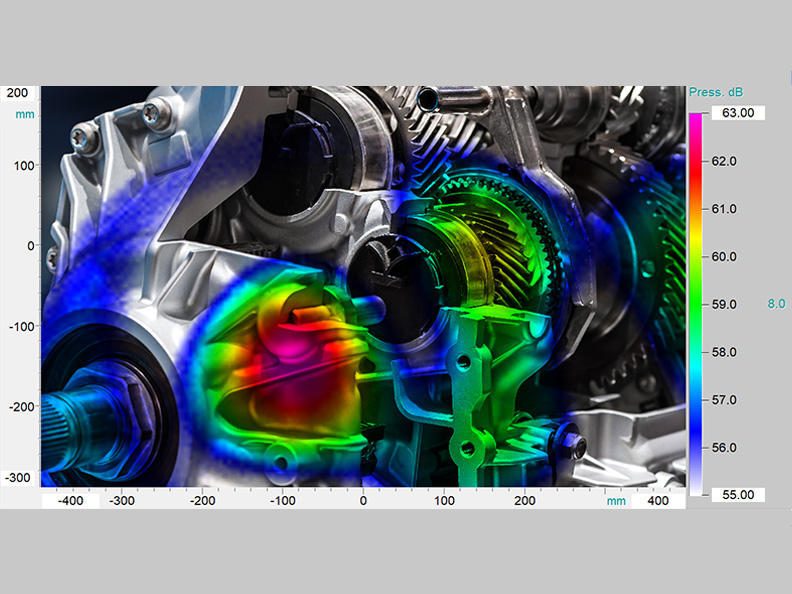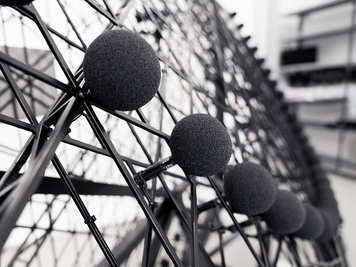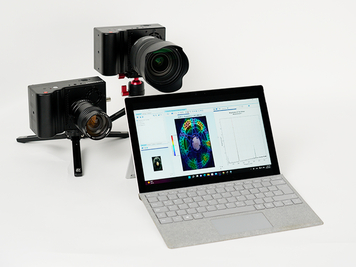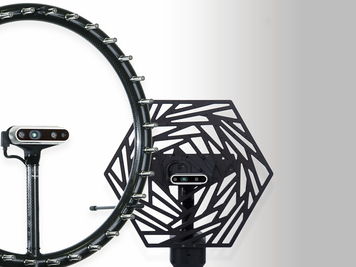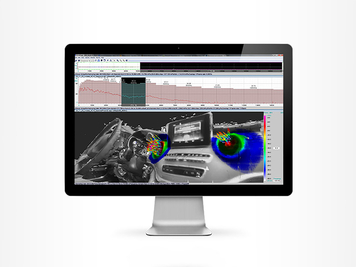Some distinction can be made interpreting data in a spectrogram. An easier and quicker way to distinguish orders and quantify the acoustic emissions is an analysis based on orders (order analysis). NoiseImage 4 and the Order Analysis module allow to calculate acoustic maps via ordergram, order line selection in the spectrogram (Figure 1), or order spectrum (Figure 2). This gives way to fast analysis of all-sizes machines ranging from large scale infrastructure as shown to small items in the range of centimeters.
Based on the analysis results, you are enabled to quickly localize noise emissions and e. g. compare prototype iterations. The results also allow to narrow down regions of interest for more detailed testing including vibration analysis and troubleshooting of resonance effects.
The array used in this example can be used for testing on ground level as well as for suspended operation using a crane e. g. to cover the top view. It is foldable for transport.
The powerful data recorder collects data at 192 kS/s of up to hundreds of channels including individual microphones, accelerometers and rotational speed sensors. Analyses can be automated by the Project Manager. This NoiseImage module allows you to transfer measurement and analysis configurations to entire measurement campaigns.
